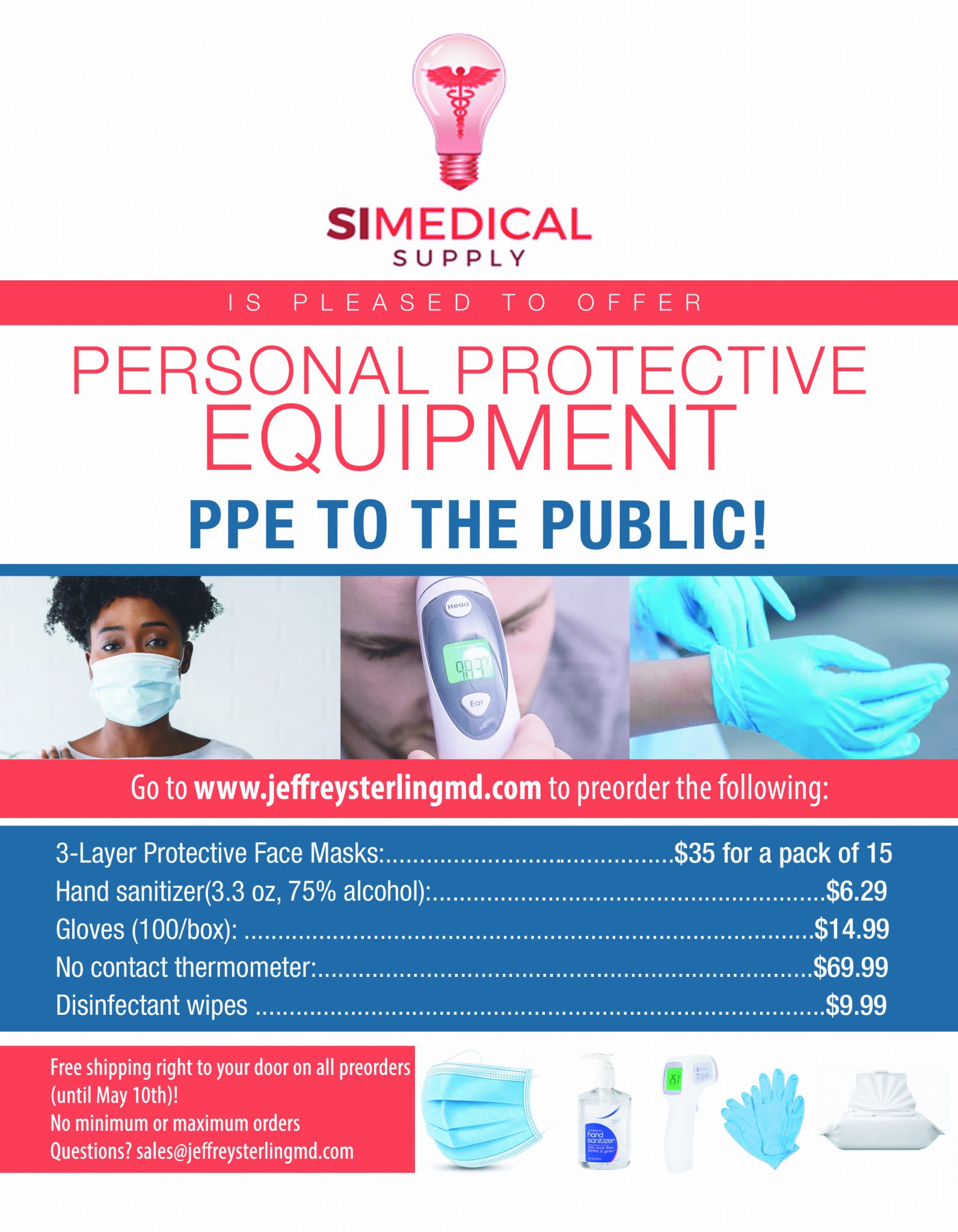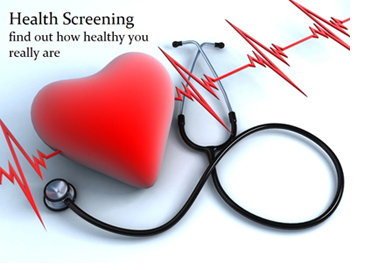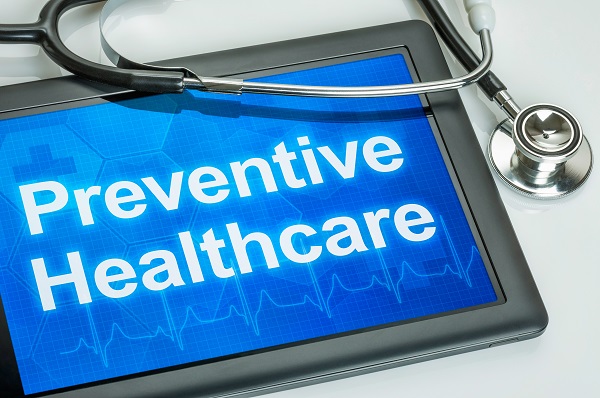Introduction
This Straight, No Chaser makes a call to adjust priorities within our healthcare system. Can we take a moment and reflect on how poorly designed our healthcare system is? If COVID-19 has done anything (besides killing over 80,000 Americans – and counting), it has shown us how our outcomes are the consequences of our choices and priorities. The American health care system is the world’s best at identifying and treating diseases and their complications. It is not nearly as good at promoting health and preventing disease. Clearly these last two considerations aren’t the same. Sadly, stressors like COVID-19 reveal how fragile our public health infrastructure is. The diseases display the limits of waiting for disease to appear to begin a response. This is true even before you address healthcare disparities, which exist between rural and urban areas, various ethnic groups and within socioeconomic classes. It’s time to stop just lamenting our current level of unpreparedness.
A Call to Change
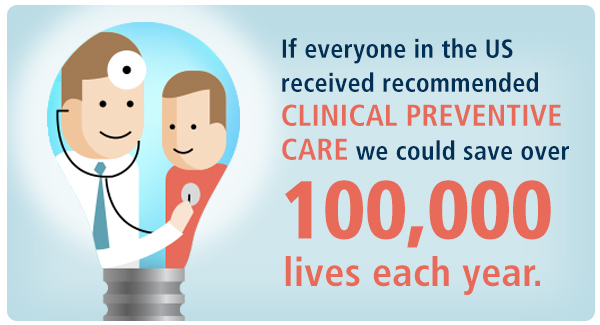
I again make a call for a revisiting of our public health system and placing health promotion and prevention on an equal footing has curative care considerations. This is consistent with the modern need for patients to assume more responsibility for their own care between physician visits. Prioritizing this level of activity also strengthens individuals for those times when diseases arise. The COVID-19 pandemic must be viewed as not a once in a lifetime pandemic as much as an examination of our system. It reveals real opportunities for improvement but for transformation of our healthcare system. It’s time for innovation.
Enough With Only Addressing Sick Care
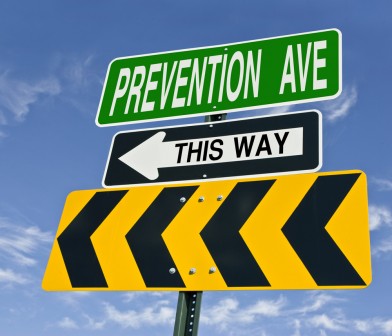
It’s time to stop viewing the emergency room as an appropriate portal of entry into the healthcare system for over 20 million Americans. This leaves individuals presenting with advanced disease in imminent risk of death. How can that be viewed as an acceptable option? It’s time to start reprioritizing health as a way of life. We must weave the notion of health promotion into the fabric of society and have individual communities educated, engaged and empowered. Let’s stop playing games and politics with that which translates into length and quality of life. Let’s stop primarily viewing healthcare as a driver of 17% ($3.5 trillion) of the US economy and start viewing its delivery as a fundamental part of what it means to have a society.
Imagining the Future

How can it be viewed as a bad thing to have an infrastructure in place that allows us to stay ready instead of having to get ready. Imagine an America with a national infrastructure inclusive of personal protective equipment (PPE) already in a state of readiness, as we do with military bases? Why not have a national screening apparatus in place waiting to be deployed? Instead of just slotting emerging healthcare professionals into curative care professions, let’s prioritize the development of exclusively preventive care professionals. These initiatives amount to way more than ounces of prevention. This reconfiguration of healthcare provides jobs, better health care outcomes and a more efficient system all around. I have recently created an organization along these lines. America’s first managed preventive health care organization, named SIMPCO, will be addressing these challenges in communities around the world. Doing so successfully will allow us to better address spontaneous eruptions like COVID-19 when they arise without hundreds of thousands of excessive lives lost beyond the unavoidable. Much of what we need to be successful lies in the hands of individuals to know better, do better and thus, be better. The future is upon us. Knowledge is health.
Need Personal Protective Equipment (PPE)?
Are you a first responder? Does your job make you one of the first exposed? Courtesy of SI Medical Supply, you have an option to provide masks, gloves, hand sanitizer, disinfectant wipes and no-touch thermometers for your family and loved ones. Importantly, getting these product does not deplete the supply needed by first responders and medical personnel. Orders are now being filled (without shipping delays!) for masks at www.jeffreysterlingmd.com or 844-724-7754. Other items are preorders with an expected delivery date of May 8th. Get yours now. Supplies are limited.